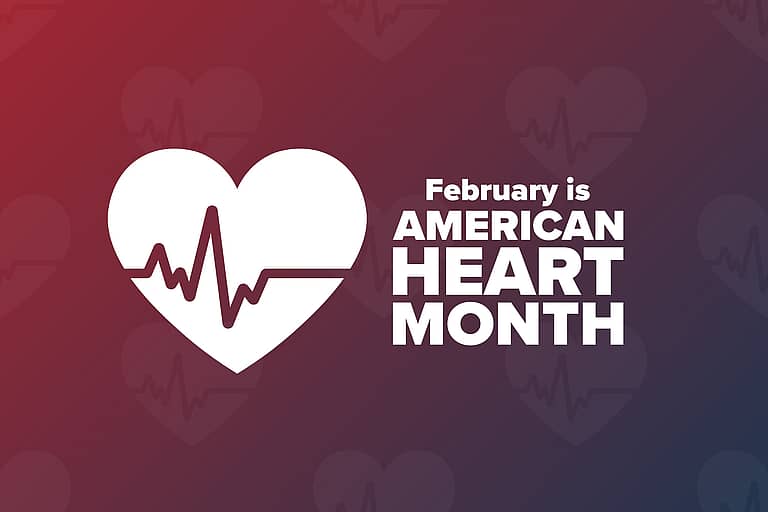February is American Heart Month, a time when everyone is encouraged to pay attention to their cardiovascular health. This year’s focus is on woman in particular as they are experiencing an elevated level of avoidable heart-related illness and death. Over half of US women don’t recognize that heart disease is the leading cause of death for women.
This is also a good time to plan for heart-related emergency situations that can occur in the workplace and to consider getting an Automated External Defibrillator (AED) at your facility. Based on data from OSHA, there are approximately 10,000 cardiac arrests in the workplace each year. According to the American Heart Association, immediate cardiopulmonary resuscitation (CPR) and early defibrillation with an AED can more than double a victim’s chance of survival.
AEDs are portable medical devices used to treat people experiencing sudden cardiac arrest. They can analyze the heart’s rhythm and, if necessary, deliver an electrical shock, or defibrillation to help the heart establish a normal rhythm.
Requirements related to AEDs vary by state, so it’s important to check state-specific regulations. For instance, in Massachusetts, they are not specifically required in private institutions (although highly encouraged by local fire departments), but in California there are specific AED requirements for buildings constructed or renovated after January 1, 2017.
If you’re considering purchasing an AED, factors to consider include that some states, including Massachusetts, require a physician’s prescription to buy an AED. Many vendors will include the prescription as part of the purchase. Otherwise, a prescription can be obtained from a medical doctor employed by your facility, a vendor who offers this service, or an occupational health provider.
It’s also important to make sure the AED that you’ve selected has been approved by the FDA. This website lists FDA approved AEDs. AED placement is also an important consideration. They should be located in a central and visible high traffic location such as in a cafeteria or other common area. Their location should ensure a response time within 3-5 minutes.
AED and CPR training should be provided in facilities with AEDs. Requirements vary by state. In Massachusetts, standards and guidelines of the American Heart Association or the American Red Cross must be followed. In NY, the training course must be approved by a nationally recognized organization or the state emergency medical services council.
Once installed, AEDs should be checked monthly to make sure they’re operating properly. Always consult the AED manual and the American Heart Association has also provided a checklist example. Items to check include: unobstructed access, pad (electrode) expiration date, battery and indicator light status, and confirmation that supplies are available and in good condition.
Supplies needed will include two sets of AED pads, a CPR pocket mask with a one-way valve, non-latex gloves, absorbent gauze or hand towel, and a razor. It’s important to note that an AED may occasionally require software upgrades that the unit itself does not prompt for when tested. Notification of the upgrade may be in the form of a letter from the manufacturer to the individual who purchased the AED, and it’s always a good idea to check periodically with the manufacturer to ensure that the software version is still current.
It’s also best practice, and in some cases required, to develop and implement a written Medical Emergency Response Plan (MERP) describing procedures for AED use and physician oversight. Physician oversight can be coordinated through your organizations’ occupational health provider or other vendor. Medical oversight can also be provided by a medical doctor employed by your facility, and in some cases the local EMS or other local physicians may provide this service.
For additional information on AEDs in the workplace or for assistance with your workplace AED program, please contact us. To learn more about American Heart Month and to access tools and resources that focus on improving your personal heart health, visit the Centers for Disease Control and Prevention (CDC) website.
This Blog was written by Beth Graham, Safety Partners’ Director of Quality, Research and Training


